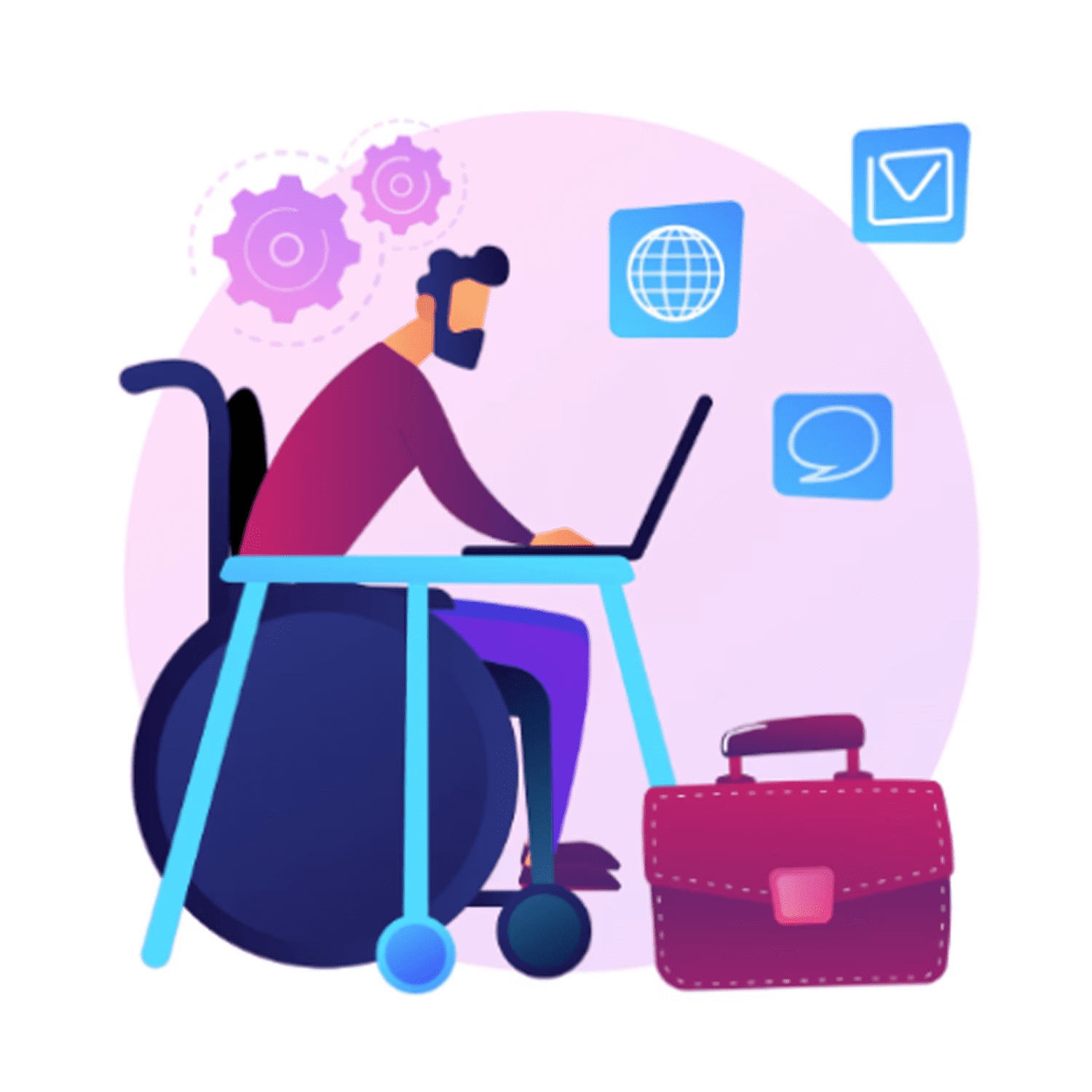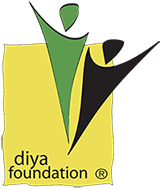In recent years, the care economy, the often-invisible web of activities that support caregiving, well-being, and human development, has emerged as a cornerstone of social and economic sustainability. This includes paid and unpaid work related to childcare, eldercare, healthcare, and household management. When we broaden this conversation to include gender equity, disability rights, and economic participation, we enter the realm of what’s increasingly called the Purple Economy, an economy that values inclusion, dignity, and social justice.
However, a fundamental question remains largely overlooked:
Where are persons with disabilities in this dialogue?
Globally, millions of people, predominantly women, engage in unpaid or underpaid care work that sustains families, communities, and economies. According to the International Labour Organization (ILO), investing in the care economy fosters social cohesion and is essential for achieving gender equality and decent work for all. Yet, this economy is undervalued and largely excluded from national income statistics. India, for example, according to the Ministry of Women and Child Development, has begun recognizing care work in policy discourses, yet comprehensive inclusion, especially of persons with disabilities, remains elusive.
The Missing Narrative: Persons with Disabilities as Both Providers and Recipients of Care
Persons with disabilities are often seen only as recipients of care, rarely as participants or contributors to the care economy. This binary view is both reductive and discriminatory. In reality, many disabled individuals actively provide care within families and communities, often under circumstances of social exclusion, economic precarity, and inadequate support. Others are entrepreneurs, educators, therapists, or advocates embedded in the care ecosystem. As highlighted in the CBM Australia report, the intersection of disability and unpaid care work reveals a vicious cycle: disabled individuals, especially women, face disproportionate burdens while also being deprived of opportunities to access or influence care systems.
A 2024 Disability Philanthropy webinar emphasized how care structures can either empower or marginalize people with disabilities. The absence of inclusive care systems, designed with and by disabled persons, deepens inequality and dependency, while inclusive systems offer pathways to autonomy, economic participation, and dignity.
What Inclusion Truly Looks Like
- Recognition of Unpaid Work
Disability-inclusive metrics and surveys that value the care roles played by persons with disabilities are needed. This includes domestic caregiving, emotional labor, and community support. - Accessible Care Infrastructure
As per the UNDP, accessible care services, ranging from transport to communication, are key for enabling disabled individuals to both give and receive dignified care. - Skilling and Employment Pathways
Organizations to advocate for tailored vocational programs that allow disabled people to thrive as caregivers, educators, and care-based entrepreneurs. - Social Protection
Safety nets must include disability-specific provisions, be it insurance, respite care, or community support, to prevent burnout and economic marginalization of caregivers with disabilities.
The Purple Economy calls for transforming how we value care work and who we empower within it. A truly inclusive care economy centers equity, accessibility, and shared responsibility. It recognizes that people with disabilities are not passive recipients of aid but active architects of social well-being.
At this critical juncture, we invite civil society organizations, philanthropies, policymakers, and the public to:
- Invest in skilling and employment opportunities in the care economy tailored to persons with disabilities.
- Advocate for policies that recognize the dual roles of disabled individuals as caregivers and care recipients.
- Support organizations that are co-led by disabled people and working on building inclusive care ecosystems.
- Listen to lived experiences, because disabled voices are not peripheral; they are central.


